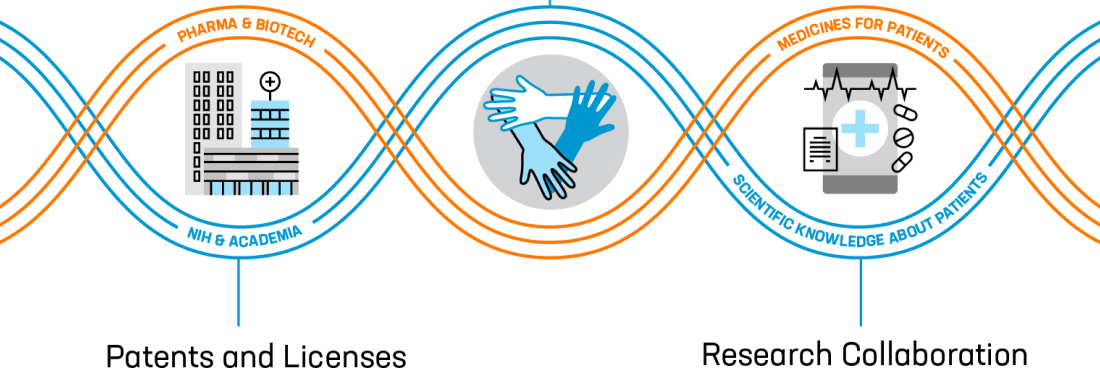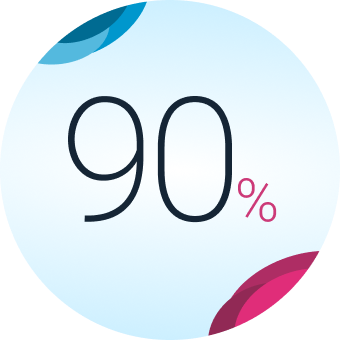Intellectual Property


The biopharmaceutical industry develops new treatments and cures for complex diseases while working to ensure patient access and affordability. In the last 25 years, it has delivered over 750 new medicines for debilitating and devastating illnesses such as cancer, heart disease, neurodegenerative conditions and rare diseases, saving lives, improving quality of life and extending survival. With over 8,000 innovative medicines in development, America's strong intellectual property (IP) protections continue to fuel groundbreaking treatment advances.

Innovation. Competition. Lower Costs. Thanks to IP.
When you go to the pharmacy to pick up a prescription, you’re seeing our IP system at work. IP protections, including patents, incentivize risky and difficult biopharmaceutical research that leads to new medicines for patients. Then competition heats up, and more choices enter the market. Ultimately, patents expire, and patients benefit from lower cost generics and biosimilars indefinitely. This system keeps spending on medicines a small and stable share of health care spending at 14%, on par with other countries.
America’s IP system balances innovation and affordability, providing U.S. patients with more medicine choices than anywhere else in the world. Most medicines are developed in the United States because we have a world-leading innovation ecosystem – built on strong IP protections – that rewards risk taking, provides predictability and fosters collaboration. The robust research and development pipeline fueled by IP protections also means Americans don’t have to rely on other countries for the latest medicines. What’s more, Americans have access to 85% of globally approved medicines, compared to less than 40% in Europe, and our world-leading innovation ecosystem attracts the top scientists and fosters industry collaboration with academics and research centers.

Despite claims to the contrary, no company has a monopoly on treating disease, and the most promising medicines often face significant competition, which can lower the costs of medicines by 50% or more. Our IP framework is what fuels this competition and drives down costs by encouraging innovators to develop competing brands different from others that are already on the market. Most new medicines already have at least one competitor on the market at the time of market entry or will have one shortly thereafter.

Today, 90% of prescriptions for medicines are filled with generics and biosimilars
Every generic and biosimilar exists because of a brand medicine and today, 90% of prescriptions in the U.S. are filled with lower-cost generics and biosimilars. Our IP system serves as the foundation for this competition by requiring innovators to publicly share information about their inventions. Generic and biosimilar manufacturers can then reference the innovators clinical trial data and rely on abbreviated pathways for FDA approval. This framework has proven a remarkable success. On average, brand-name drugs face generic competition after just 13 years on the market, significantly shorter than the basic 20-year patent term. These low-cost generics, which have an average copay of only $6.16 and can lead to price reductions of nearly 85%, providing long term value to patients and the health care system. Collectively, generics and biosimilars have saved a collective $3.1 trillion over the last 10 years alone.

The use of generics and biosimilars have saved a collective $3.1 trillion over last 10 years alone.
Unfortunately, too often middlemen — like insurers and their pharmacy benefit managers (PBMs) — are blocking access to generic and biosimilars, excluding lower-cost alternatives from coverage that could reduce out-of-pocket costs. As we look to the future, policymakers should protect our world-leading innovation and IP ecosystem and address the root causes of patient access challenges by taking on the anticompetitive behavior of middlemen who block coverage and drive-up costs.

